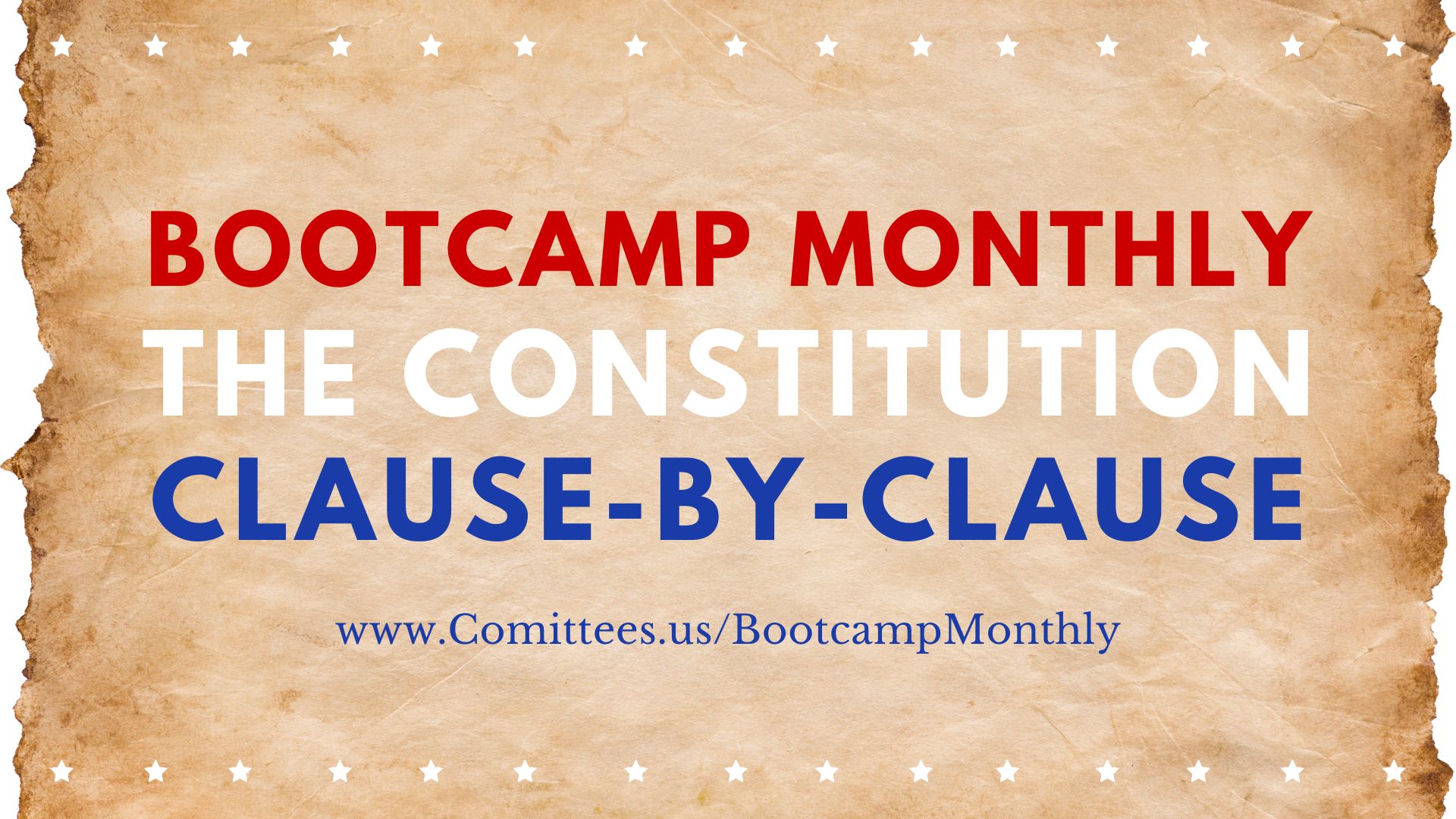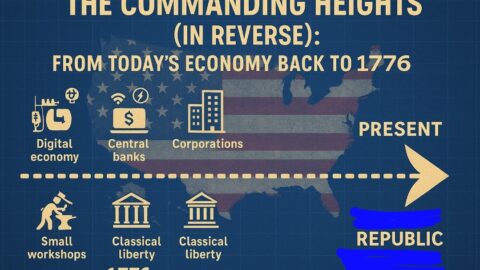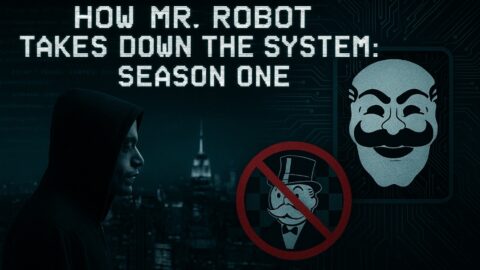Background:
- Rwanda was home to two main groups: the Hutu (majority) and the Tutsi (minority).
- For decades, the Hutu and Tutsi lived side by side, often intermarrying and coexisting in the same villages.
Colonial “Shaking of the Jar”:
- Under Belgian colonial rule, identity cards were issued marking people as Hutu or Tutsi, reinforcing artificial divisions for purposes of control.
- The Belgians favored the Tutsi for leadership roles, sowing resentment among the Hutu.
- Decades of propaganda, political manipulation, and periodic violence stoked mutual mistrust.
The Genocide (April–July 1994):
- After the assassination of the Hutu president (with evidence suggesting deep political intrigue), Hutu extremists launched a campaign of mass murder against the Tutsi and moderate Hutu.
- Over about 100 days, an estimated 800,000 to 1,000,000 Tutsi and moderate Hutu were killed, often with machetes and clubs—neighbors turning on neighbors.
- Propaganda on radio, print, and by local officials dehumanized the Tutsi, calling them “cockroaches” and blaming them for all the nation’s problems.
The “Shaken Jar” in Rwanda
- Engineered Division: The colonial powers and later political leaders “shook the jar”—creating and then exploiting divisions that had not always been sources of hatred.
- Ordinary People Turned Enemies: Just as red and black ants coexist until the jar is shaken, so did Rwandans until manipulated, provoked, and incited to violence by external and internal actors.
- True Enemy: The real enemy was not the Tutsi or the Hutu, but the systematic manipulation by colonial powers and local elites seeking power through division and violence.
Direct Connection to the Ants Story
“If you put Hutu and Tutsi together, they coexist peacefully. Shake the jar with propaganda, fear, and manufactured grievance, and they slaughter each other. The real enemy is the one who shakes the jar.”
Further Reading
- “We Wish to Inform You That Tomorrow We Will Be Killed With Our Families” by Philip Gourevitch (Pulitzer Prize–winning book)
- “Shake Hands with the Devil” by Roméo Dallaire (UN force commander during the genocide)
- Many genocide studies reference the “divide and rule” tactics as classic examples of manufactured hatred.






